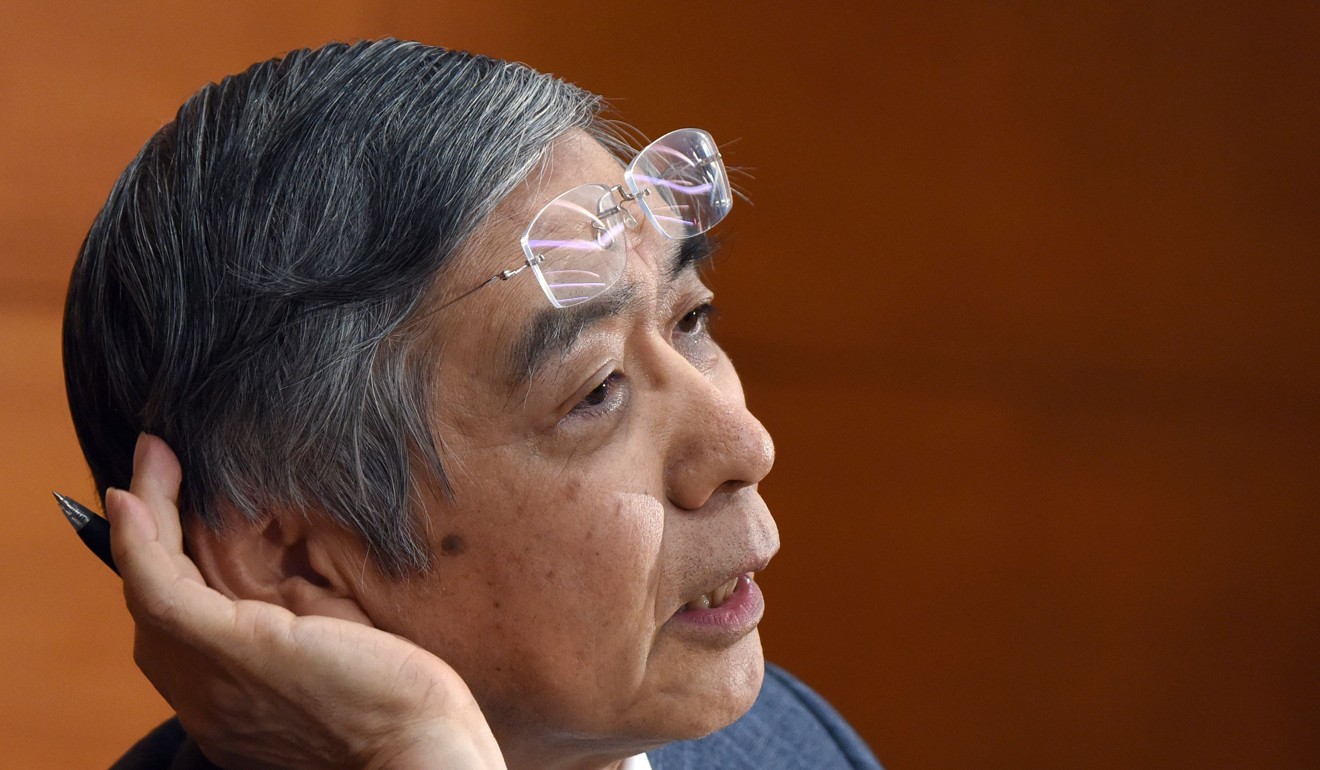
Bank of Japan’s stance makes the yen a sitting duck
While other central banks around the world have begun or are looking to start tightening monetary policy, the Bank of Japan resolutely remains committed to its ultra-accommodative approach.
The yen has already edged lower as the currency markets reacted but may have considerably further to fall.
Federal Reserve rate rises may soon be augmented by measures to shrink the US central bank’s balance sheet. Friday’s US jobs and income data should not affect the Fed’s strategy. June non-farm payrolls rose by 222,000, well ahead of the 179,000 gain expected by economists polled by Reuters, with the May figure revised upwards by 14,000.
While US bank BNY Mellon described Friday’s US average earnings, on a year-on-year basis, as “disappointing”, it nevertheless felt that overall the jobs data supported the notion that the Fed “can raise an additional time later this year while starting to reduce the balance sheet in the [autumn]”.
BNY Mellon’s own view is for the Fed balance-sheet “reduction process to begin in September and an additional rate rise in December”.
While other central banks may be sharpening their talons, the BOJ remains a confirmed dove
As for the euro zone, following European Central Bank chief Mario Draghi’s recent speech in Portugal, markets have begun pricing in the prospect of tighter monetary policy in the currency bloc.
“Investors now realise that the ECB, having been cruising on a [quantitative easing] highway, is likely in the not-too-distant future to take another road towards higher rates,” French bank BNP Paribas wrote last week.
Following more hawkish commentary from Bank of Canada officials ahead of their July 12 policy meeting, the Canadian dollar has already strengthened in anticipation of a possible rate rise.
Even Bank of England governor Mark Carney, speaking at the same ECB conference as Draghi in Portugal, sounded more hawkish.
As for Beijing, with China’s Communist Party Congress set for later in the year, the watchword will surely be stability and Premier Li Keqiang spoke of the need for prudent monetary policy last week. China has been seeking to rein in the pace of credit expansion and is likely to continue with efforts to deleverage the economy.
And then there is Japan.
Monetary policy considerations aside, Japan’s demographic challenge remains acute.
Japanese government data released on Wednesday last week revealed that the country’s population, excluding resident foreigners, fell by a record 308,100 to 125.58 million at the end of last year. That was the eighth consecutive year of population decline.
The data also showed people aged 65 or older now represented 27.2 per cent of Japan’s total population, the highest level on record, while the ratio of those aged 14 or younger hit a record low of 12.7 per cent.

“It is appropriate to keep monetary conditions easy with our current market operations framework,” he added.
Kuroda stuck to a similar script when he too attended the ECB conference, prompting Japan’s Mitsubish UFJ Financial Group to write that “in a world of growing reflation expectations, the BOJ appears content to distance itself from such expectations”.
Indeed, the central bank may even cut its inflation forecast when it meets on July 19-20.
But actions speak louder than words, and while other central banks may be sharpening their talons, the BOJ remains a confirmed dove.
On Friday last week, as a broader sell-off in developed-market bonds led to higher yields, the BOJ asserted its authority, as part of its wider yield curve control policy, to contain the spillover into the Japanese government bond market.
Its feathers clearly ruffled by developments in the government bond market, the BOJ acted to remind traders of its determination to keep the yield on the benchmark 10-year bond close to zero. In a special market operation, it offered to buy an unlimited amount of 10-year bonds at a yield of 0.11 per cent.
Furthermore, the central bank expanded the scale of its normal auction-based purchases of five- to 10-year government bonds by 50 billion yen to 500 billion yen.
Of course, traders are not oblivious to the risks of the demand for safe-haven yen if there is another rise in tension in the Korean peninsula, but their primary focus is likely to be on monetary policy considerations.
As other central banks become more hawkish, the BOJ’s stark dovishness leaves the yen looking like a sitting duck.

